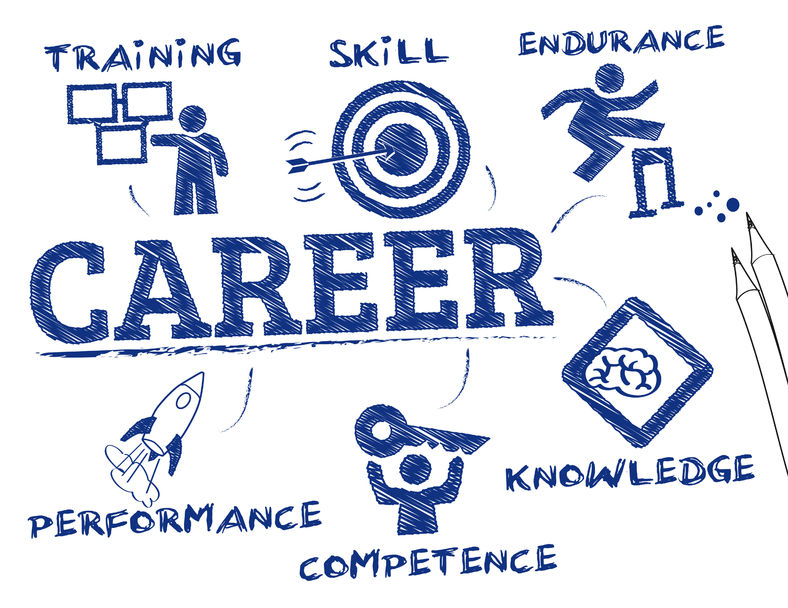
Employees can use career development planning to hold them accountable for their growth. It can include accountability tools such as meetings with managers and prompts to track an employee's growth. Additionally, a career development plan can be tied to performance reviews to give insights into how an employee is progressing and what needs to be improved. Implementing career development planning correctly can help employees excel, improve their job satisfaction, and increase their skills. These benefits can be beneficial for both the employee AND the company.
Goal setting
It is important to set career goals. This involves setting your career goals and mapping out the steps you need to reach them. These goals can be anything from improving your professional skills to improving relationships or processes that are not functioning well. The key is to be specific and measurable. A career planner can help create a clear picture about what you want and how to reach it.
You should also consider your non-work goals such as more time with family, continuing education, and physical fitness. It is difficult for most people to create a plan that they can stick with. Like all plans, they must be realistic and time-based.
Get to know the right people
Taking the time to meet with the right people is a key element of career development planning. Managers and employees should work together in order to enhance their skills and achieve common goals. Meeting with the right people will help you find career development opportunities. It can also help to determine which training or courses will help you achieve your goals. Whether you are seeking career development opportunities for yourself or your team, you must think of the future in terms of your strengths and interests.

Today's jobs are changing rapidly. The automation of many jobs has led to the loss of many. However, new jobs are emerging where technology and social interactions combine. The COVID-19 pandemic, for example, created new jobs and caused a restructuring of many industries.
A timeline
Creating a timeline for your career development is a valuable tool that helps you stay focused on your goals. It can help you seek advice from others who have been where and done what your goals are. Your timeline should be available to as many people and as many people as you can. You can share it on your blog and with others. The more people who see it, the better your chances are of success.
Before creating your timeline infographic design, plan the content. So viewers are aware of what to expect, make sure you have a bold header. You can keep the rest consistent by using the same fonts, shapes, graphics, and graphics.
Designing a brand
Career branding is a crucial component to career management. This specialization can prove to be valuable if you want to advance your career and achieve success in it. You can build your personal brand through developing a communication style and learning how to manage your career. This course will help identify and exploit your strengths as well as weaknesses. It will allow you to display your unique skills.
Your goal must be specific and your market niche must be identified in order to establish your own brand. It is essential to care for your brand on daily basis. Continue to develop your skills and learn new ones. Your brand should reflect your personal as well as professional life.

Includes performance reviews
Career development discussions are best nurtured outside of performance reviews. Performance reviews tend to be retrospective, focusing on past work and measuring sticks instead of opportunities and future development. This is despite the fact that most companies have performance review discussions built into their career development programs. Here are some tips to make performance review discussions more productive and valuable.
Your performance evaluation should be done at least once a calendar year. This will allow your to evaluate the performance of your employees and find their strengths. It will help you set goals, and assist in setting performance goals. It will also foster a culture of feedback, which will boost employee engagement.